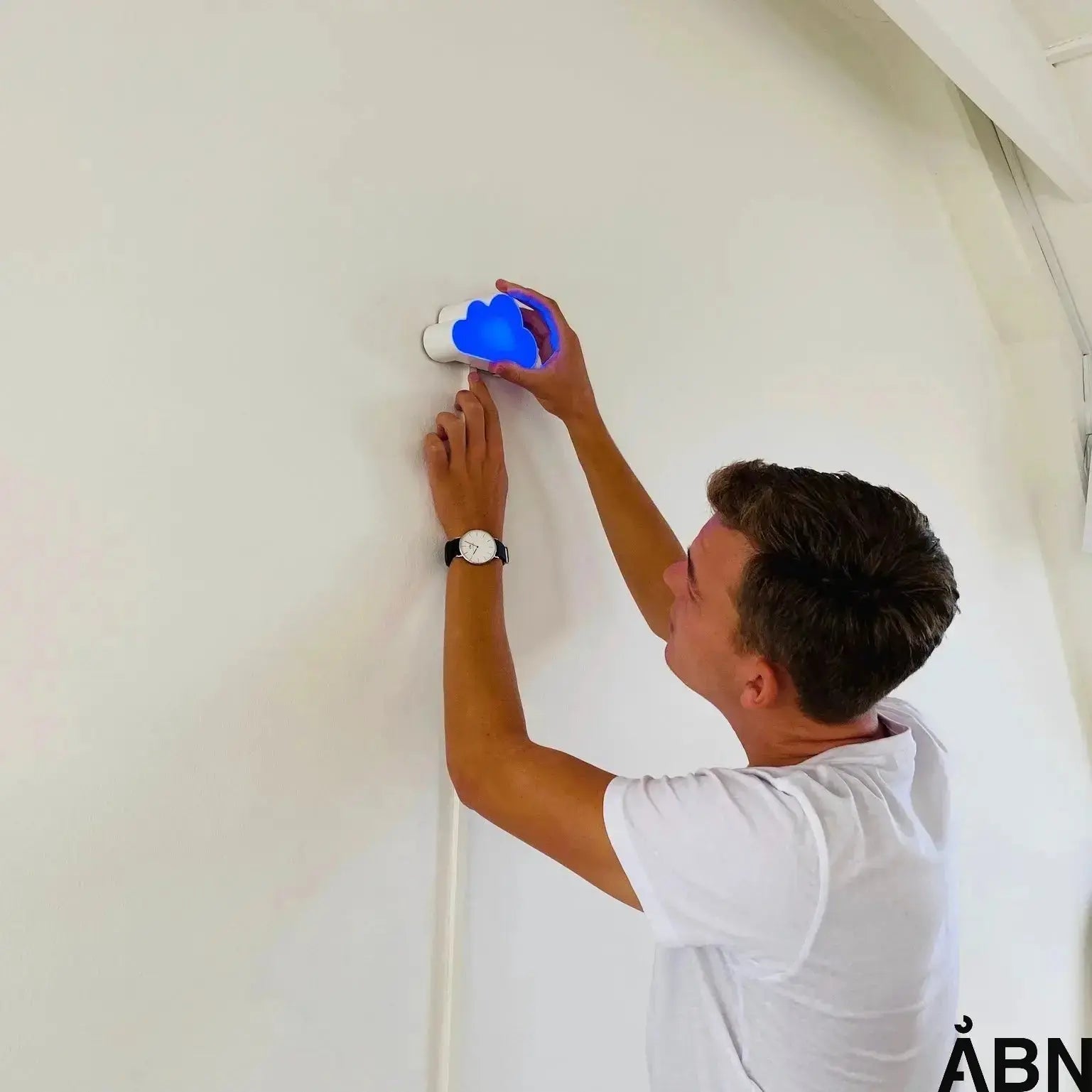Introduction
A good indoor climate is crucial for our health and well-being. With the right knowledge and the right solutions, you can ensure a healthy indoor climate in your home or workplace. In this article, we will give you 10 concrete tips on how you can improve your indoor climate and create a better quality of life for yourself and your surroundings.
A good indoor climate is about creating the right conditions for air quality, temperature, humidity and lighting. According to the Danish Health Authority, a good indoor climate is crucial for our health, as poor indoor climate can cause irritation of the eyes and respiratory tract, headaches, fatigue and reduced concentration.
Here are 10 tips for a healthy indoor climate
1. Air out regularly
Fresh air from outside is essential for removing pollutants and creating a healthy indoor climate. Open the windows several times a day and create drafts in the room.
2. Maintain an appropriate temperature
It is important to maintain a comfortable temperature in the room to ensure comfort and well-being. A temperature between 20-22 degrees Celsius is considered optimal.
3. Check the humidity
Humidity should be around 30-50% to avoid problems with mold and dry air. You may want to use a humidifier or dehumidifier to regulate the humidity.
4. Avoid chemicals
Many cleaning products and products contain harmful chemicals that can worsen the indoor climate. Therefore, choose environmentally friendly and hypoallergenic alternatives.
5. Place plants in the room
Plants can help purify the air and create a comfortable indoor climate. Some plants even have air-purifying properties, such as the peace lily and fern.
6. Use natural lighting
Natural light is important for our well-being and sleep quality. Open the curtains and let the sunlight stream into the room to create a comfortable atmosphere.
7. Invest in an air purifier
An air purifier can remove particles and allergens from the air, which can be beneficial for people with allergies or asthma.
8. Pay attention to CO₂ levels
CO₂ is an invisible guest in our indoor climate that can affect our concentration and well-being. Use a CO₂ sensor like the Skyen from ÅBN to monitor air quality.
9. Keep clean and tidy
A clean and tidy home or workplace can contribute to a better indoor climate. Vacuum regularly, remove dust and avoid cluttered surroundings.
10. Ensure good ventilation
A good ventilation solution is essential for creating a healthy indoor climate. Pay attention to whether the ventilation is working properly and have it checked by a professional if necessary.
According to Bolius , it is important to be aware of these factors to ensure a good indoor climate in your home. With the right measures, you can create a healthier and more comfortable environment for yourself and your loved ones.
FAQ about indoor climate
How can poor indoor air quality affect my health?
Poor indoor air quality can cause irritation of the eyes and respiratory tract, headaches, fatigue and reduced concentration.
How can I improve the air quality in my home?
You can improve air quality by ventilating regularly, avoiding chemicals, using an air purifier, and placing plants in the room.
How can I monitor CO₂ levels in my indoor environment?
You can monitor CO₂ levels using a CO₂ sensor like the Skyen from ÅBN, which visualizes air quality in an intuitive way.
Ending
We hope these tips have inspired you to create a healthier indoor climate in your home or workplace. At ÅBN, we are ready to help you with solutions and advice so that you can create an indoor climate that promotes health and well-being. Please contact us for more information or visit our website at aabn.io.









